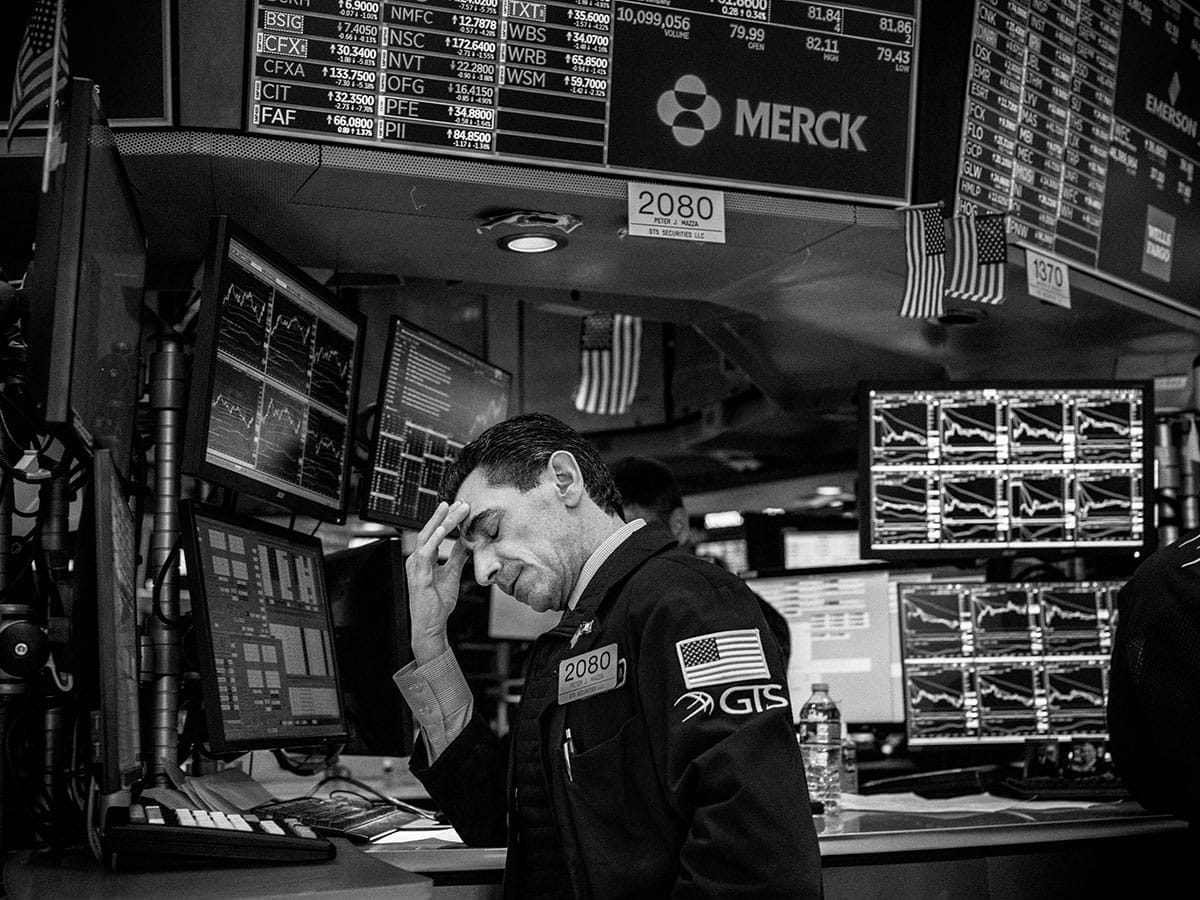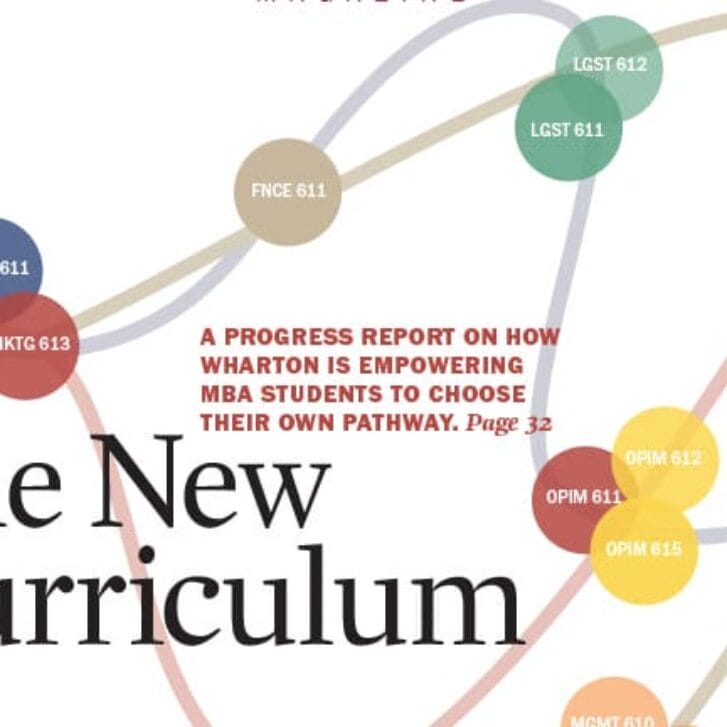When prices of stocks and bonds diverge from their underlying fundamentals, as seen in the recent bull run, it’s because of errors investors make in their expectations of future cash flows or inflation. The price volatility isn’t due to changes in discount rates or how investors estimate future earnings to determine the present-day value of assets, according to a new paper by Wharton assistant finance professor Sean Myers and University of Southern California finance and business economics professor Ricardo De la O. Myers spoke with Knowledge at Wharton about the paper, titled “When Do Subjective Expectations Explain Asset Prices?,” and how its findings advance the debate on disconnects between prices and earnings.
Knowledge at Wharton: What led you to do this research into cash flow expectations and asset prices, and what did you find?
Sean Myers: There’s a big question in finance, which is that prices both for stocks and bonds seem to move around much more than the fundamentals of these assets. If you look at, say, earnings for the S&P 500 or dividends, these move around, but relatively little over time, whereas prices for those stocks are volatile. If the fundamentals of these assets are relatively stable, why are prices moving around so much?
Since the price is the discounted value of future fundamentals, there are only two possibilities. One, it’s all about the discount rate. The future fundamentals have low volatility, so maybe the discount rates are moving and that’s why prices have such a high volatility. The second possibility is that perhaps people make mistakes about future fundamentals. So even though the actual future fundamentals are quite stable, maybe people don’t believe they’re as stable. And maybe that’s what drives the price volatility.
These two possibilities imply very different things about what investors think about the future. If you look at the history of dividends and earnings and you use a statistical model, your expectations should continue to be fairly stable. If people’s expectations are very volatile, that means there’s a disconnect where people disagree with what a statistician would predict for the future. Alternatively, perhaps people agree with the statistician, but their discount rates are very volatile. Typically, the latter story has been what people have focused on: We’ve assumed that people are good at forecasting fundamentals, so they should agree with the statistician, and then we’ve tried to understand the discount rates.
Our research shows that’s not the case. In fact, almost all of the price volatility seems to be about mistakes people make in their expectations of future fundamentals. When we asked investors and professional analysts about their forecasts of future earnings and dividends, those were much more volatile than a statistical model would imply.
Essentially, the cause of price volatility can only be either expectations of future fundamentals, or discount rates. Anything that changes in one of those two factors takes away from the other. In a boom, prices are very high. You can split that increase in prices into two: Either people are more optimistic about future fundamentals, or they use very low discount rates.
We’re arguing in our paper that if you measure this optimism in booms and then pessimism [in periods of slump], it accounts for almost all of the price movement, so there’s almost nothing left to be explained by the discount rates. It’s a simple world where people have almost flat discount rates, and they price stocks just based on what they think about fundamentals. Interestingly, even institutional investors have pretty flat discount rates.
For bonds, we find a similar element where bond yields seem to be driven largely by expectations of inflation, which essentially is the fundamental for bonds rather than real interest-rate movements or discount-rate movements.
K at W: Whom did you survey?
Myers: For stocks, we surveyed professional analysts on their earnings forecasts. For bonds and inflation, we looked at the Survey of Professional Forecasters, a quarterly survey of macroeconomic forecasts, and the Federal Reserve’s Survey of Consumer Finances.
K at W: Where do we go from here? Will your findings lead investors and professional managers to refine their models?
Myers: Yes, they’ll help refine models. But the big picture is about how we approach [investment modeling] and what we learn from price movements. The old view assumed that people are very smart and they all know the statistical model for fundamentals. So whenever we saw prices moving, we thought that people must know something that we don’t. We argue in our paper that when our statistical model of how stocks should be priced is different from what we see in the world, this may largely be due to people making mistakes, rather than everybody having good views about the fundamentals and us getting the discount rates wrong. The big theme of our paper is that a lot of stock and bond price movement seems to be because of mispricing rather than some time-varying risk.
Our paper is intended to help improve models by saying that people are making mistakes, and these mistakes are actually very big and seem to account for almost all of the price variation. To an academic audience, the message is essentially that we need to reduce our emphasis on these discount-rate models where we’ve been putting almost all our attention, and we need to instead shift our focus onto models of how people actually think about fundamentals.
K at W: Your paper is timely, given the recent bull run in the markets.
Myers: In roughly the past 10 years, price-earnings ratios have been extremely high. A statistical forecast is that this will eventually come back down to normal. We don’t know when, but when it does, there will be a long sequence of low returns for these stocks. The key question is, do all these investors know this, or are they just very bullish about how these firms will perform? Do they think they’re going to have great dividends and earnings and not think that prices will come down in the future?
Either dividends and earnings must skyrocket, and then these firms can still produce high returns, or the fact that prices have diverged so far from fundamentals means prices will eventually come down, which would be the story that these prices are incorrectly high [and that] people are making mistakes about the future.
K at W: How does your paper advance existing research on this subject?
Myers: The literature has a lot of theories on what could be happening. There’s the behavioral finance literature that says maybe people are making mistakes and that’s what’s causing all these unusual asset prices. The other theory is that people are rational, and they don’t make these kinds of mistakes, and instead they know some important risk that we don’t, and we need to figure this out.
This paper is essentially saying: Let’s go test this. When we ask people about their expectations, they seem to fall into the behavioral camp where their expectations are making these large, systematic errors that appear to drive most of the prices, rather than people giving us very accurate statistical forecasts where there must be some kind of risk factor that’s explaining the price movements. That is how we’re pushing this forward: Instead of having a theoretical debate, we can directly ask investors what they believe about the future.
Published as “Misreading the Tea Leaves” in the Spring/Summer 2022 issue of Wharton Magazine.


























